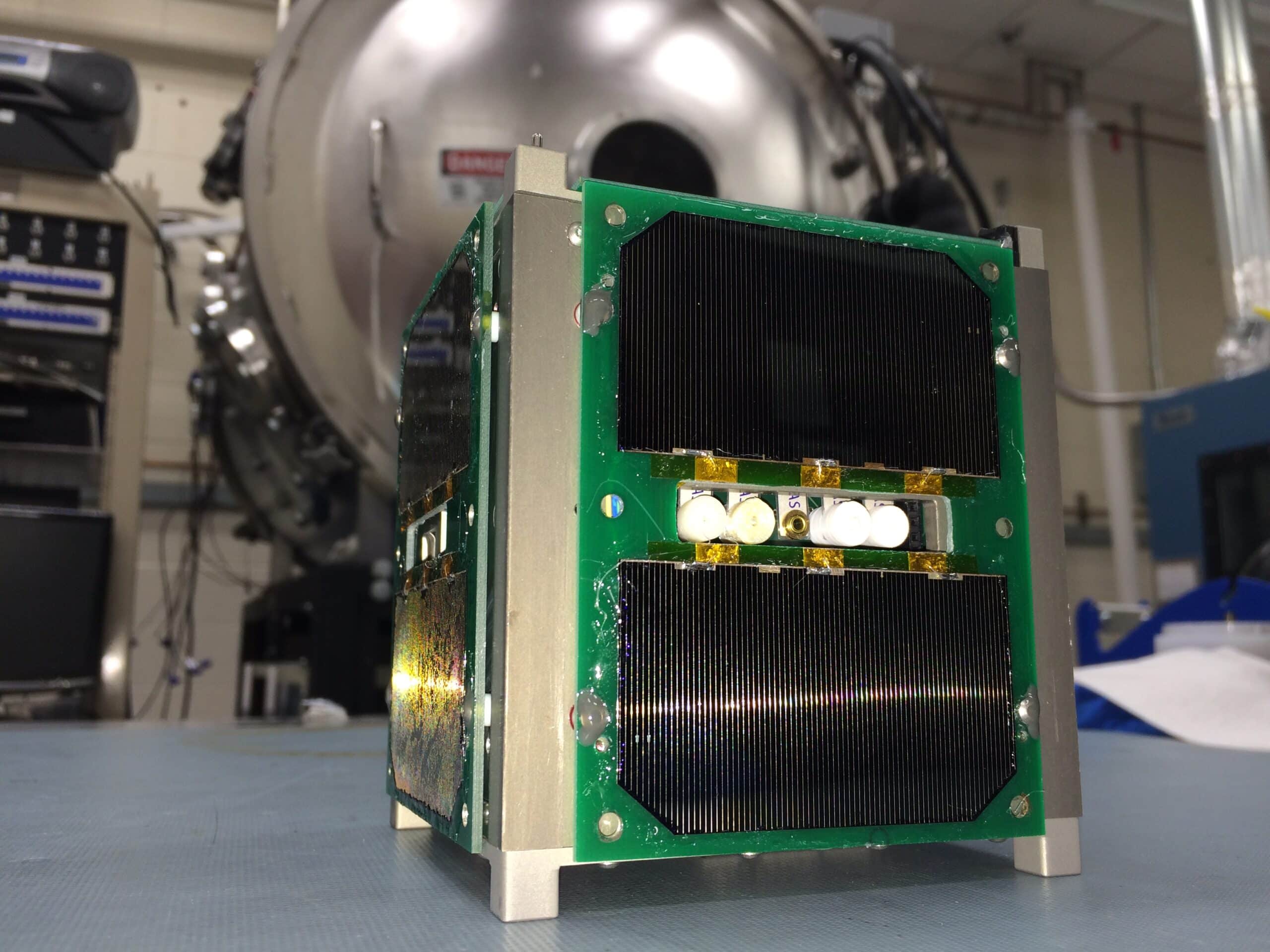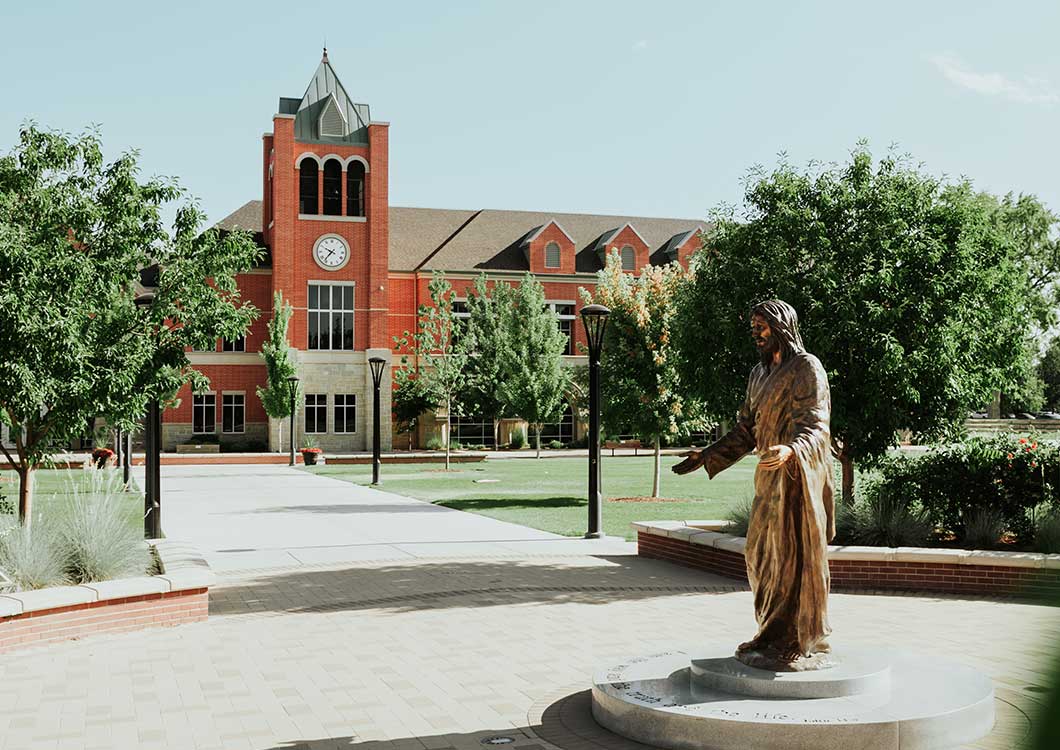Engineering
MakerSat-O
MakerSat-O
|
|
|
|---|---|
|
Mission:
|
MakerSat-0
|
|
Delta II Rocket Launch from Vandenberg AFB:
|
Sat Nov 18 2017 03:47:36 GMT-0600 (CST)
|
|
MakerSat-0 Deployment into orbit:
|
Sat Nov 18 2017 05:09:22 GMT-0600 (CST)
|
|
Today's Date:
|
Mon Jan 27 2020 16:47:42 GMT-0600 (CST)
|
|
Elapsed Mission Time:
|
2 years, 70 days, 11 hours, 38 minutes, and 20 seconds
|
|
Miles Logged:
|
325060931
|
|
Orbits Completed:
|
11413
|

Idaho’s First Satellite
MakerSat-0 will test the in-space material properties of various 3D printed polymers to prepare for using them in the ISS-based fabrication of MakerSat-1. MakerSat-0 is a multi-project satellite, hosting both NNU and CHS science payloads with shared access to the NSL FastBus power system and 24/7 GlobalStar radio data downlink.
NNU and Caldwell HS sent Idaho’s first CubeSat, MakerSat-0, into orbit at 2:47am MST Saturday, November 18th aboard a Delta II rocket carrying the JPSS-1 weather satellite. MakerSat-0 will orbit around the Earth’s poles 14 times a day at 17,500mph for the next seven years, sending back 24/7 data on the robustness of various 3D printed polymers (from Made In Space Inc.’s microgravity AMF printer aboard the ISS) in the harsh space environment and measuring space radiation levels in the polar auroras. This data will help choose the best materials for future 3D printed spacecraft, including NNU’s upcoming MakerSat-1 mission to the International Space Station. Our hardware partners are Near Space Launch Inc., Made In Space Inc., and Plexus. Our funding is from Idaho Space Grant Consortium. Our deepest thanks to these folks and to our Lord!
Mission Objectives
- Orbit the first satellite made in space, from the International Space Station, using its 3D printer and snap-together assembly by the crew
- Demonstrate a multi-user student-oriented “Science Hub” cubesat hosting an NNU student experiment and a CHS student experiment
- Determine the rate of mass loss of 3D printed polymers (ABS, Nylon, PLA, PEI) in space caused by outgassing, UV and ionizing radiation, monoatomic oxygen plasma, and micrometeorites
- Determine the best polymer for 3D printing future spacecraft from
Learn More
Project Members
Braden Grim – Student
Mitch Kamstra – Student
Robert Hance – Student
Connor Nogales – Student
Aaron Ewing – Student
Benjamin Campbell – Student
Dr. Stephen Parke – Principal Investigator (PI)
Dr. Joshua Griffin – Co-PI
Publications
MakerSat: A CubeSat Designed for In-Space 3D Print and Assembly
July 28, 2016
Poster: Idaho Conference on Undergraduate Research
Poster File: PDF
MakerSat: A CubeSat Designed for In-Space 3D Print and Assembly
June 10, 2016
Paper: SmallSat Pre-Conference CubeSat Developers Workshop (SSC16-WK-29)
Paper File: PDF
For any questions or comments please contact Dr. Parke: sparke@nnu.edu





